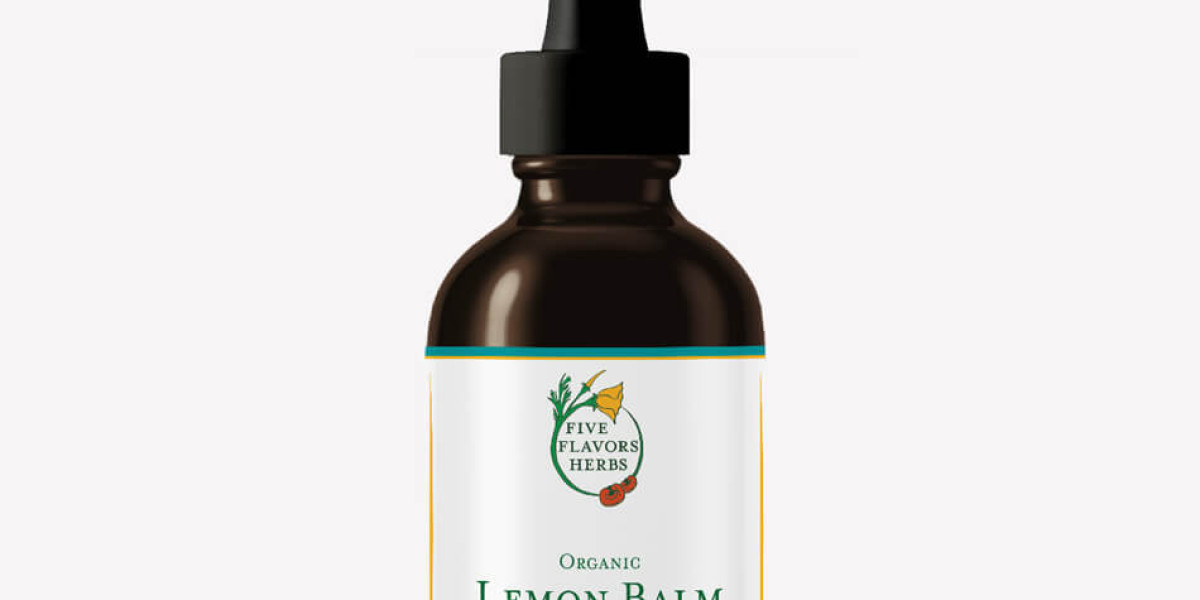Introduction
Dermal fillers have surged in popularity as a non-surgical method to rejuvenate the face, enhance features, and restore lost volume. For many Omani patients, the allure of a youthful appearance, coupled with the minimal downtime associated with filler injections, makes this cosmetic procedure appealing. However, understanding what to expect before, during, and after the Dermal Fillers Injections in Oman treatment is crucial to ensure a positive experience. This article provides valuable insights specifically tailored for Omani patients, covering the types of fillers available, the injection process, potential side effects, and aftercare.
Understanding Dermal Fillers
What Are Dermal Fillers?
Dermal fillers are gel-like substances injected under the skin to add volume and fullness. Commonly used areas include the cheeks, lips, and nasolabial folds. The most popular types of dermal fillers include:
- Hyaluronic Acid (HA) Fillers: Naturally occurring in the body, HA fillers attract moisture, providing a plumping effect.
- Calcium Hydroxylapatite Fillers: These are thicker and stimulate collagen production.
- Poly-L-lactic Acid Fillers: Designed to gradually restore facial volume by stimulating collagen production over time.
Why Choose Dermal Fillers?
For Omani patients, the decision to undergo dermal filler treatments can stem from various motivations, including:
- Cultural and social influences: There’s an increasing acceptance of cosmetic procedures in Oman, reflecting a broader trend in the Middle East.
- Desire for enhancement: Many individuals seek to enhance specific features or combat signs of aging without the invasiveness of surgical procedures.
Preparing for Dermal Filler Injections
Consultation with a Qualified Practitioner
Before undergoing the procedure, it is essential to consult a qualified and experienced practitioner. During this initial consultation, patients can expect to:
- Discuss Goals and Expectations: Clearly communicate what areas you wish to enhance.
- Receive Professional Advice: The practitioner will evaluate your facial structure and skin type, recommending the most suitable filler types.
- Review Medical History: Discuss any medical conditions, allergies, or medications to ensure safety.
Pre-Treatment Recommendations
Prior to the injection day, patients are typically advised to:
- Avoid Blood Thinners: Medications like aspirin or non-steroidal anti-inflammatory drugs (NSAIDs) should be avoided for a few days to minimize bruising.
- Stay Hydrated: Drinking plenty of water can help maintain skin elasticity and improve overall results.
- Avoid Alcohol and Smoking: Both can increase the risk of complications and should be avoided for 24 hours before the procedure.
The Injection Process
What to Expect During the Procedure
The dermal filler injection process generally takes 30 to 60 minutes, depending on the areas being treated. Here’s a step-by-step breakdown:
- Cleansing the Area: The practitioner will clean the skin to prevent infection.
- Numbing the Skin: A topical anesthetic or ice may be applied to minimize discomfort.
- Injection: The filler is injected using a fine needle or cannula. Patients might feel a slight pinch or pressure.
- Massaging the Area: The practitioner may gently massage the treated area to ensure even distribution of the filler.
Immediate Effects and Recovery
Post-treatment, patients may notice immediate improvements in volume and contour. However, some swelling, redness, or bruising is common and usually subsides within a few days.
Potential Side Effects and Risks
Common Side Effects
While dermal fillers are generally safe, it’s important for Omani patients to be aware of potential side effects, including:
- Swelling and Bruising: Temporary and usually resolves within a few days.
- Redness or Tenderness: Mild discomfort at the injection site may occur.
- Lumps or Bumps: These may appear but can often be massaged out by the practitioner.
Rare Complications
In rare cases, more serious complications can occur, such as:
- Allergic Reactions: Though uncommon, some patients may experience allergic reactions to fillers.
- Infection: Proper aftercare minimizes this risk.
- Vascular Occlusion: A serious condition where the filler blocks a blood vessel, potentially causing tissue damage.
Aftercare Tips
Immediate Post-Treatment Care
After receiving dermal fillers, patients should adhere to specific aftercare instructions:
- Avoid Touching the Area: This minimizes the risk of infection.
- Cold Compress: Applying a cold compress can help reduce swelling and discomfort.
- Stay Upright: Keeping your head elevated for a few hours post-injection can help minimize swelling.
Long-Term Care
To maintain results and promote skin health, Omani patients are encouraged to:
- Hydrate: Drinking water helps maintain skin elasticity.
- Follow-Up Appointments: Schedule regular follow-ups with your practitioner to assess results and determine if additional treatments are necessary.
- Sun Protection: Use sunscreen to protect the skin from UV damage.
Conclusion
Dermal filler injections can provide significant aesthetic benefits for Omani patients seeking to enhance their facial features and rejuvenate their appearance. By understanding the procedure, preparing adequately, and following post-treatment care, patients can achieve optimal results and enjoy the confidence that comes with a refreshed look. Always consult with a qualified practitioner to ensure a safe and effective experience, making the most of what dermal fillers have to offer.








